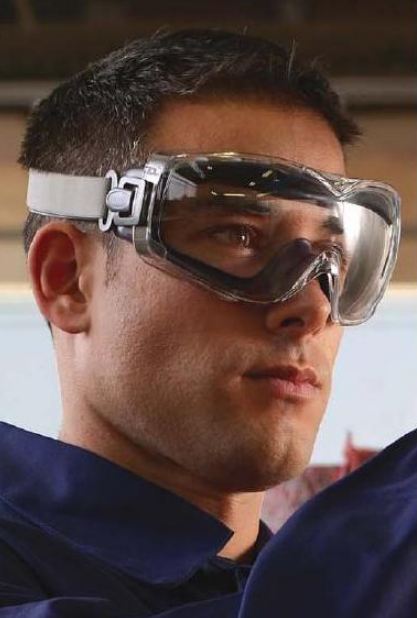Individuals in many industries are at risk for eye injuries, whether from flying debris, chemicals or other hazards they frequently experience in their line of work. As such, safety goggles are one of the most common forms of personal protective equipment. Unlike safety glasses, which protect but do not completely seal off the eyes, safety goggles offer 360 degrees of protection. Read More(+)
Depending on your field, the requirements for the safety goggles you wear will vary.
Chemical goggles
Those who are commonly exposed to chemicals, whether in an industrial manufacturing environment or a research capacity, may not need goggles resistant to high impacts. However, in order to protect workers' eyes from chemical splashes, the side panels of these goggles should not have vents. Often, goggles designed to protect from chemicals will vent from the top, allowing the wearer to have breathability while still protecting their eyes.
High-impact goggles
On the other hand, if your primary risk factor is flying debris, you'll want to ensure above all else that your goggles meet the ANSI Z87.1+ standard for impact resistance. The lenses of these goggles are strong enough to withstand an direct hit from a ¼-inch steel ball shot at 250 feet per second. Considering this standard, your safety goggles should be able to take almost anything your job throws at them.
Anti-fog goggles
These goggles are specifically designed to resist fogging, so no matter your work conditions, your vision will stay clear. Most of these are also equipped with the ANSI Z87.1+ standard for high impact.
Safety Company also offers a selection of specialty goggles for those in industries like forestry, oil and gas production and refinement and fire protection. Browse our selection to find the perfect safety goggles for your business or on-the-job hazards.
 Overall Eye Protection for any Heavy-Duty Task
Overall Eye Protection for any Heavy-Duty Task